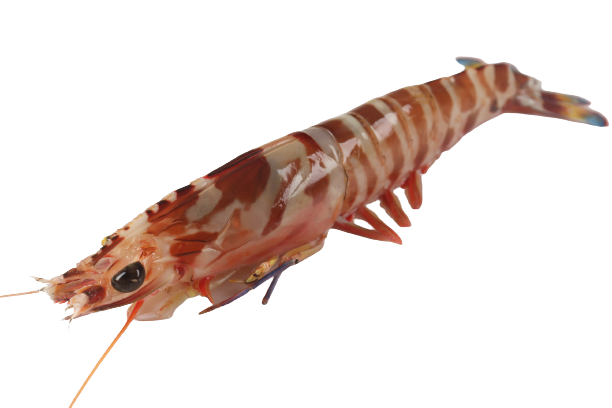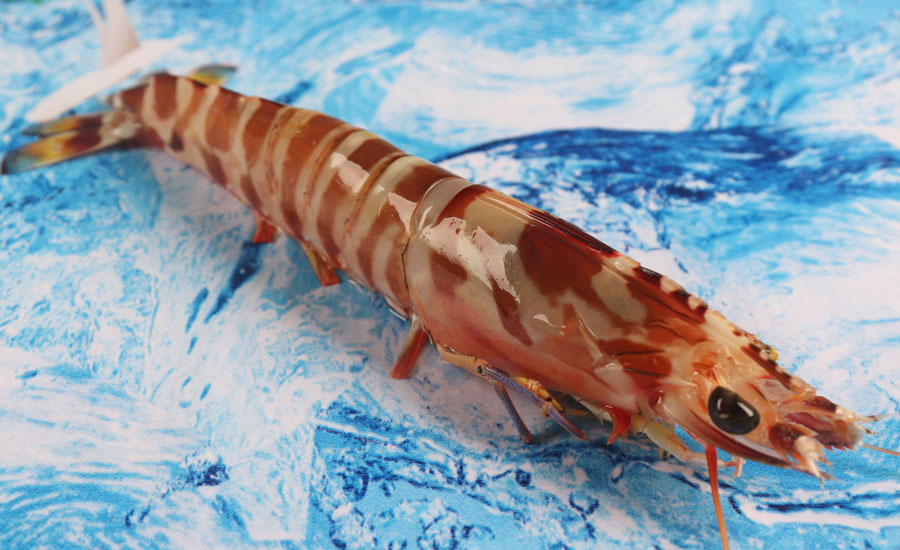
Blue-tailed Cod
Blue-tailed Cod
flavor rating ★★★★★
Scientific name:Flower shrimp
Blue-tailed Cod are mostly distributed in Hokkaido, Japan, to the southern part of the Yellow Sea, Zhejiang, Fujian, Taiwan, Guangdong, the Philippines, Singapore, northern Australia, India, eastern Africa and the Red Sea in China.
The bamboo shrimp body is light yellow, with blue-brown horizontal stripes, and the tip of the tail is bright blue. The shell is thicker, and the forehead angle is slightly curved.
Blue-tailed Cod is an important breeding variety, which can weigh more than 20 grams in about 6 months. There is artificial breeding along the coast of Fujian and Guangdong in southern China.

【 Name 】
Blue-tailed Cod
【Shelf life】
Fresh products


